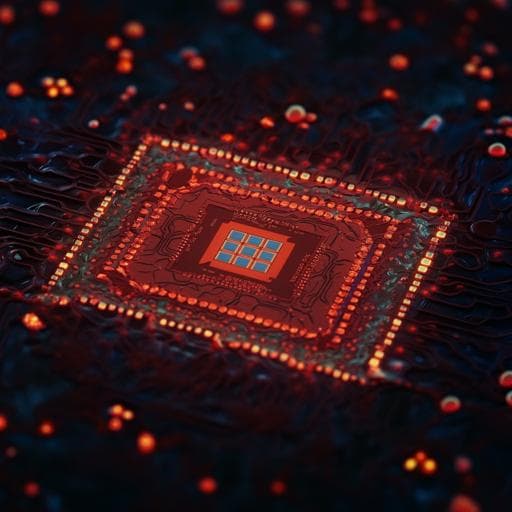
Engineering and Technology
Nondestructive monitoring of annealing and chemical-mechanical planarization behavior using ellipsometry and deep learning
Q. Sun, D. Yang, et al.
Discover a groundbreaking nondestructive defect inspection method for through-silicon via structures that leverages Mueller matrix spectroscopic ellipsometry and deep learning. This innovative technique, crafted by Qimeng Sun, Dekun Yang, Tianjian Liu, Jianhong Liu, Shizhao Wang, Sizhou Hu, Sheng Liu, and Yi Song, demonstrates astonishing accuracy rates in identifying defects, promising rapid evaluations for advanced manufacturing processes.
~3 min • Beginner • English
Related Publications
Explore these studies to deepen your understanding of the subject.







